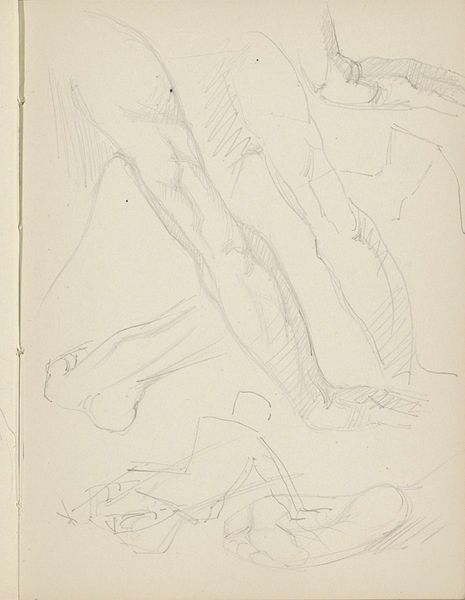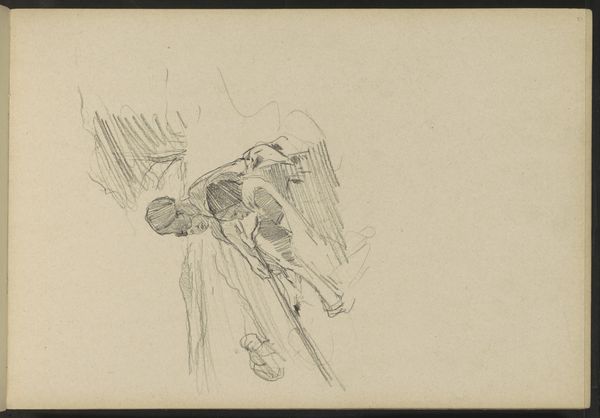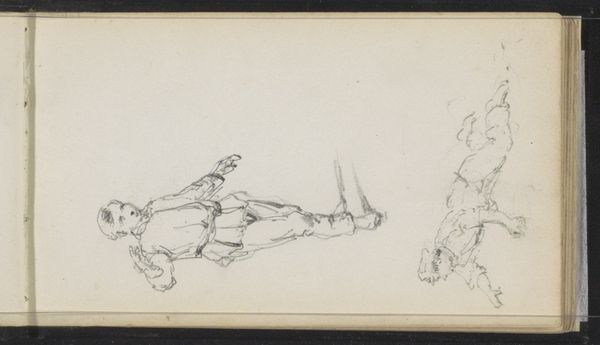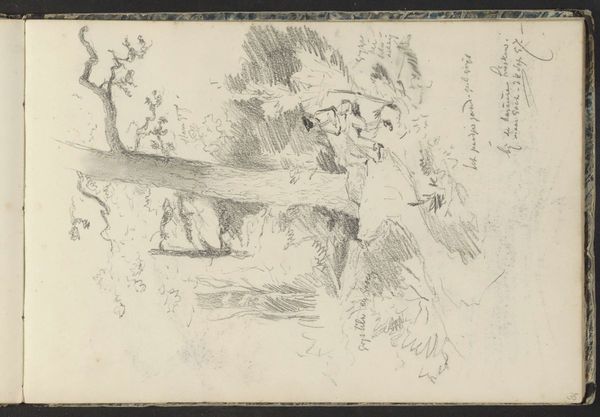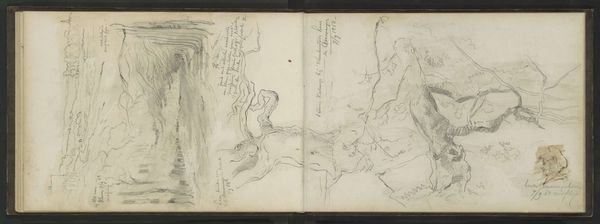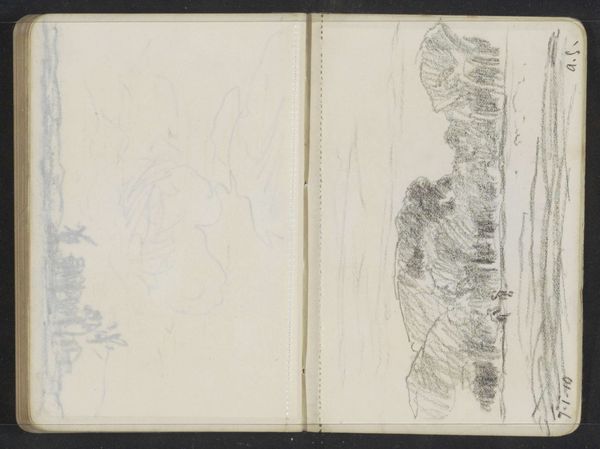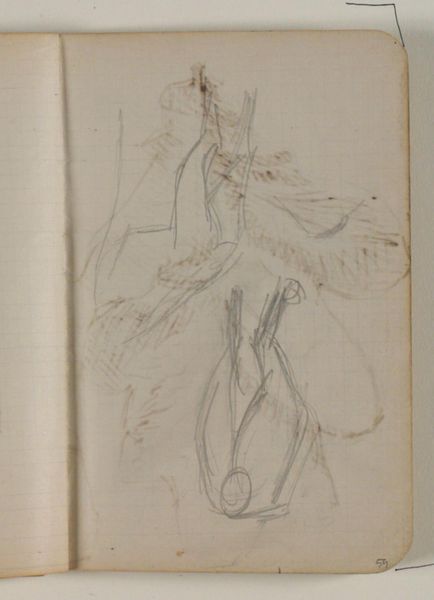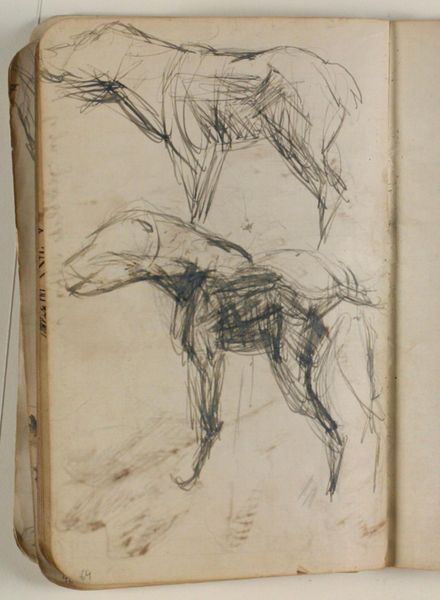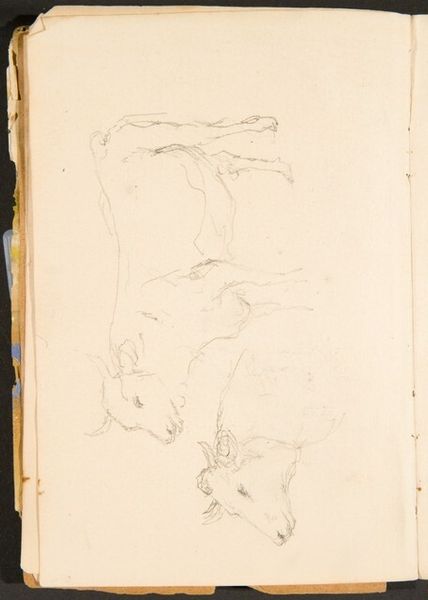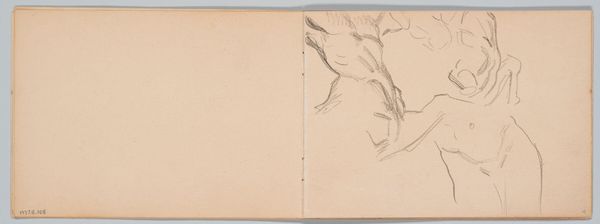
Copyright: Rijks Museum: Open Domain
Editor: We're looking at "Bomen," a drawing from 1861 by Johannes Tavenraat, made with pencil on paper. I'm struck by the sketch-like quality; it feels very immediate and intimate, like a page ripped from an artist's sketchbook. What insights can you share about this piece? Curator: Well, let's consider the time it was made: 1861. Realism was gaining traction, focusing on everyday subjects. But there's still a hint of Romanticism in the detailed depiction of nature, wouldn't you agree? These tree studies, probably done *en plein air*, signal a shift. Editor: Absolutely, that blend is apparent. So, how do you think Tavenraat's choice of subject matter relates to the societal views on nature during that period? Curator: The rising urban centers prompted a nostalgic view of untouched nature. The drawing captures individual trees, yet the placement on opposite pages may signify a shift, moving from singular, idealized representations towards objective observation of the natural world in parts, maybe anticipating future growth, so to speak. Did artists depict trees differently before industrialization? Editor: Fascinating. They were perhaps more allegorical then. What do you think this shift tells us about the purpose of art at this time? Curator: The role of art expands from pure symbolism or narrative to include empirical documentation of a changing landscape. The focus moves toward an immediate capturing of light, form, and detail and, simultaneously, makes accessible this study via the accessible and transportable book. It becomes more public, democratized. How do you think this might reflect a broadening audience? Editor: It suggests a move towards a middle-class appreciation for art connected to the real world around them, rather than lofty, distant subjects. I’d never really considered that. Curator: Exactly! By examining not just the artwork but the context in which it was produced, we can understand its evolving place within society. Thanks for considering the world with me today.
Comments
No comments
Be the first to comment and join the conversation on the ultimate creative platform.
